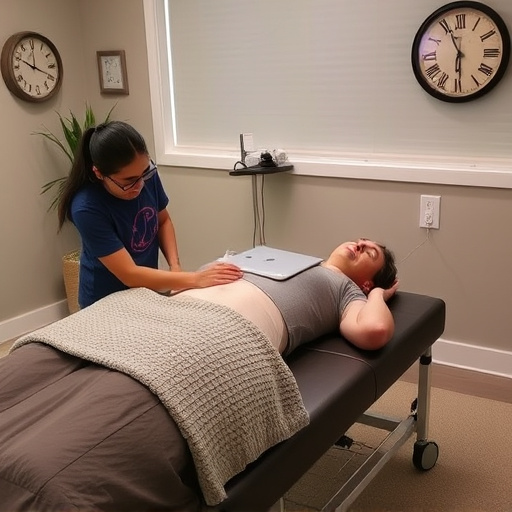Military injury treatment is a critical and specialized area focusing on immediate stabilization, comprehensive evaluations, and personalized plans for active-duty service members. Key aspects include physical therapy, medical procedures, and surgery, with a particular emphasis on auto accident recovery and joint pain management. Service members enjoy robust legal protections, access to top-tier facilities, and post-injury support, as outlined by the U.S. Department of Defense (DoD). Understanding these rights helps service members navigate healthcare effectively, appeal inadequate care, and access comprehensive wellness care. Navigating compensation claims requires recognizing injury impact, documenting symptoms, and seeking legal guidance from experts in military injury treatment.
“In times of service, active duty military personnel face unique challenges, especially when dealing with injuries sustained during their tours. This article illuminates the crucial aspect of legal rights within the context of military injury treatment. From understanding stringent military injury treatment protocols to exploring the protective measures in place for service members, we guide you through the intricacies. Furthermore, we delve into the processes and compensation available after an injury, empowering military personnel to navigate their entitlements effectively.”
- Understanding Military Injury Treatment Protocols
- Legal Protections for Active Duty Service Members
- Navigating Claims and Compensation After Injury
Understanding Military Injury Treatment Protocols

Military injury treatment is a specialized and critical aspect of ensuring service members receive the best care possible during their active duty. Understanding the protocols and procedures in place for managing injuries is essential for both military personnel and their families. The process involves a comprehensive approach, often starting with immediate on-site care at the scene of the incident. This initial response aims to stabilize the service member and prevent further harm.
Following this, individuals typically undergo a series of evaluations and treatments tailored to their specific injuries. Personalized treatment plans may include physical therapy, specialized medical interventions, and in severe cases, surgical procedures. For instance, spinal adjustments are commonly employed to address back-related issues, which are prevalent among military personnel due to the physically demanding nature of their roles. Auto accident recovery is another area that receives significant attention, as service members often face unique challenges when returning from deployment.
Legal Protections for Active Duty Service Members

Service members facing a military injury treatment journey are entitled to robust legal protections designed to safeguard their rights and ensure they receive proper wellness care. These protections extend across various aspects, including access to quality medical facilities, adequate joint pain relief measures, and post-injury care support. The U.S. Department of Defense (DoD) has established comprehensive guidelines to ensure active-duty service members receive top-tier treatment.
Understanding these legal rights is crucial for service members to navigate their medical care effectively. They are empowered to make informed decisions about their health, know their options for appealing any inadequate or delayed treatments, and ensure they receive the full spectrum of wellness care available to them. These protections play a vital role in fostering a positive military injury treatment experience, promoting recovery, and maintaining the overall well-being of our nation’s defenders.
Navigating Claims and Compensation After Injury

Navigating claims for compensation after a military injury can be a complex and challenging process. Service members have specific legal rights when it comes to seeking treatment and ensuring proper care. Understanding these rights is crucial, especially when dealing with long-term conditions or injuries that require ongoing medical attention. The first step involves recognizing the extent of the injury and its impact on daily life. This includes documenting all symptoms, treatments received, and any challenges faced during recovery.
Many service members find relief through various means, such as mobility improvement techniques, including spinal adjustments, which can help alleviate pain and improve function. However, the process of filing a claim for compensation can be intricate, with different procedures depending on the branch of service and the nature of the injury. It’s essential to stay informed about one’s entitlements and seek guidance from legal experts who specialize in military injury treatment to ensure fair and timely compensation.
Service members injured during active duty face unique challenges navigating their legal rights. Understanding the robust legal protections in place, as discussed in this article, is crucial for ensuring service members receive proper care and compensation for their military injury treatment. By familiarizing themselves with the protocols and claims processes, they can advocate effectively for their entitlements and access the support they deserve.














